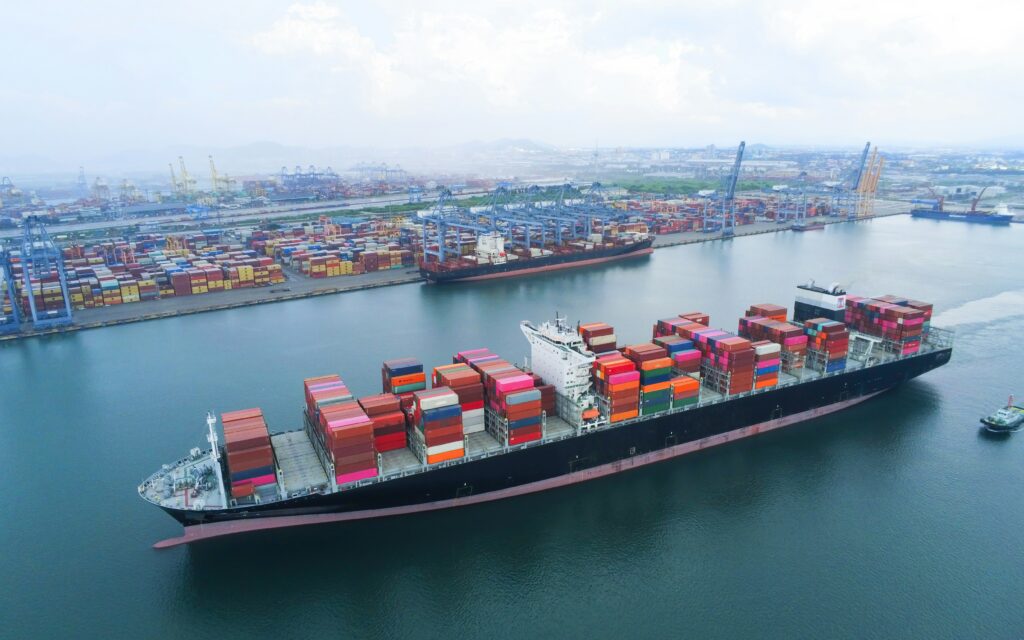Supply chain risk has become a boardroom concern in 2025. As geopolitical instability, climate shocks, cyber threats and regulatory pressure continue to rise, businesses can no longer afford to manage risks in silos. A unified, proactive approach is essential to navigate this volatile landscape and turn risk into resilience.

At Vena, we believe resilience is not just about recovery – it’s a competitive differentiator. Here are the key risks shaping supply chains this year, and what organisations must do to respond:
Geopolitical Disruptions
- Red Sea attacks, European border closures, and US tariff policies are rerouting global trade and creating congestion.
- Businesses must re-evaluate sourcing strategies, diversify suppliers, and prepare for sanctions, delays and increased shipping costs.
Climate-Related Events
- From floods in Brazil to California wildfires, weather extremes have caused port closures, crop failures, and logistics paralysis.
- Companies need climate-informed risk mapping, backup logistics routes, and supplier business continuity plans.
Cybersecurity & Digital Fragility
- A global software outage in 2024 and AI-powered fraud schemes have shown how fragile digital supply chains are.
- Prioritise secure IT infrastructure, third-party risk assessments, and compliance with frameworks like NIS2 and DORA.
Labour Unrest & Economic Pressures
- Strikes in Canada, the US and Argentina disrupted key nodes in agriculture, automotive, and manufacturing supply chains.
- Resilience requires workforce planning, contract diversification, and stronger HR-supply chain collaboration.
Cargo Theft & Insider Threats
- Food, beverage, and electronics were top targets in 2024, often via hijackings or employee collusion.
- Strengthen warehouse security, transport vetting, and use predictive analytics to monitor in-transit risks.
ESG & Compliance Risk
- Regulations like the EU CSRD and UFLPA are turning voluntary practices into legal obligations.
- Map your value chain to Tier 4, enforce human rights due diligence, and integrate ESG reporting into procurement.
A One-Lens Strategy
As BSI and Moody’s highlight, managing these risks through one integrated lens is no longer optional—it’s a strategic imperative. Technology, transparency, and trusted partnerships will define the winners of tomorrow’s supply chains.
Sources:
KPMG CEO Outlook 2024–2025
BSI Consulting Supply Chain Insights Report 2025
Moody’s 2025 Supply Chain Risk Outlook






